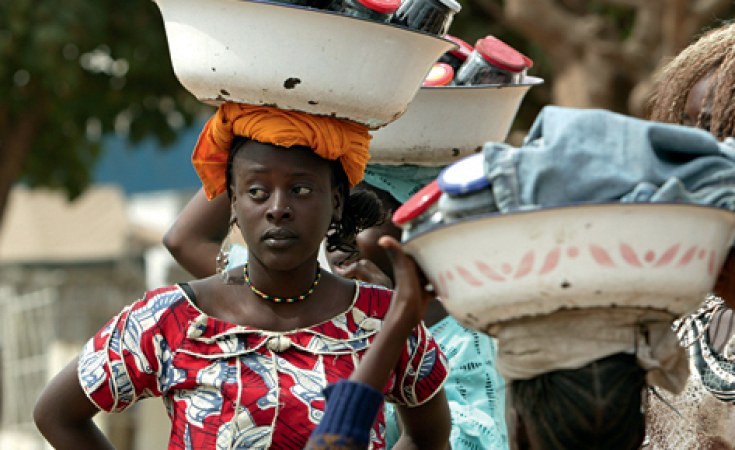The rate of new HIV infections has slowly declined in sub-Saharan Africa, but the region remains the area of the world most heavily hit by the epidemic and it accounts for nine of every 10 new infections among children.
These are among the findings of this year's "Aids epidemic update," jointly published by the United Nations Programme on HIV/AIDS (UNAIDS) and the World Health Organization (WHO).
HIV prevalence among those between 15 and 49 years declined from 5.8 percent in 2001 to 5.2 percent in 2008, the study says, but more than two-thirds of all people living with HIV are from sub-Saharan Africa, and 72 percent of Aids-related deaths occur in the region.
"An estimated 1.9 million... people were newly infected with HIV in sub-Saharan Africa in 2008, bringing to 22.4 million... the number of people living with HIV," the report says. "In 2008, more than 14 million children in sub-Saharan Africa had lost one or both parents to AIDS."
The region accounts for 68 percent of new HIV infections among adults and 91 percent among children.
"The epidemic continues to have an enormous impact on households, communities, businesses, public services and national economies in the region," the report notes.
The number of people living with HIV slightly increased in 2008, it says, but this is partly a result of increased longevity as a result of more access to treatment.
The report records a huge leap in treatment - from two percent of those who needed it in 2003 to 44 percent in 2008. In Kenya, Aids-related deaths have fallen by 29 percent since 2002.
But at least one in 10 living in each of the nine nations of Southern Africa are HIV positive, it says. Swaziland has the world's worst HIV rate - 26 percent - and average life expectancy fell by half between 1990 and 2007, to 37 years.
Lesotho "seems to have stabilized" at 23.2 percent. South Africa continues have the world's largest number of people living with HIV — 5.7 million in 2007.
"Women and girls continue to be affected disproportionately," the report adds. "For example, in Côte d'Ivoire, home to the most serious epidemic in West Africa, HIV prevalence among females (6.4 percent) was more than twice as high as among males (2.9 percent) in 2005.... Young women between the ages of 15 and 19 are particularly vulnerable to HIV. In Kenya, young women are three times more likely to become infected than their male counterparts.
"In sub-Saharan Africa as a whole, women account for approximately 60 percent of estimated HIV infections... Women's vulnerability to HIV in sub-Saharan Africa stems not only from their greater physiological susceptibility to heterosexual transmission, but also to the severe social, legal and economic disadvantages they often confront."
Declines in HIV prevalence are reported in Zimbabwe, Tanzania and among women in Zambia.
"In East Africa, HIV prevalence seems to have stabilized and in some settings may be declining... Although HIV prevalence in West and Central Africa is much lower than in southern Africa, the subregion nevertheless is home to several serious national epidemics in countries such as Côte d'Ivoire (3.9 percent HIV prevalence) and Ghana (1.9 percent prevalence)."


